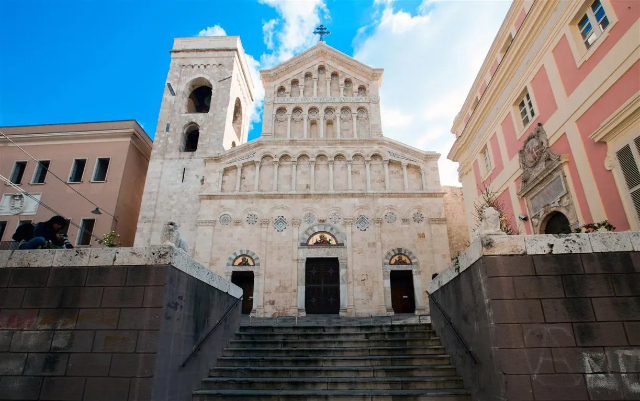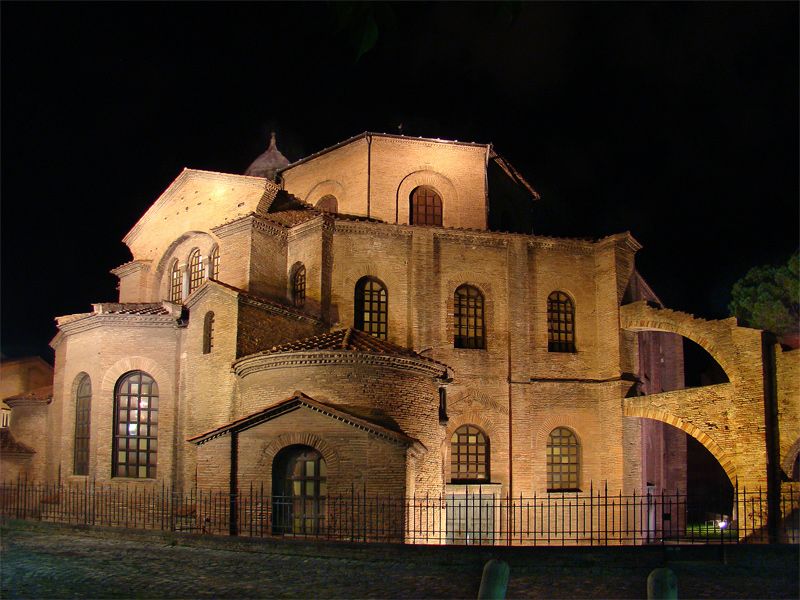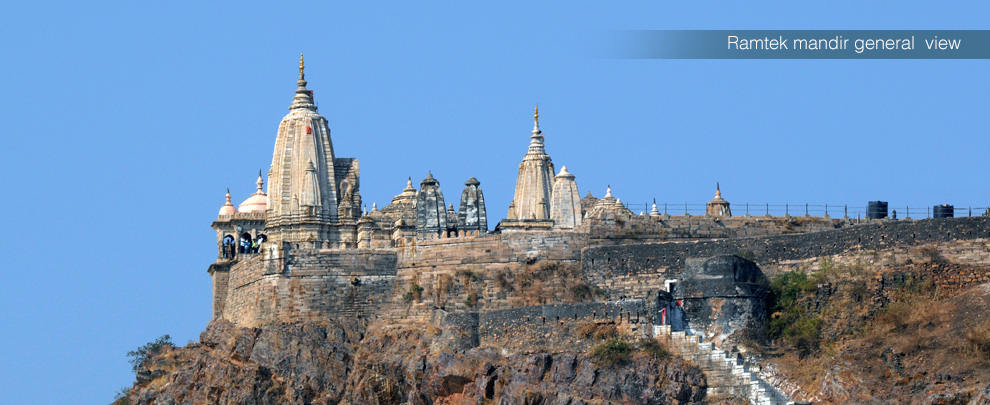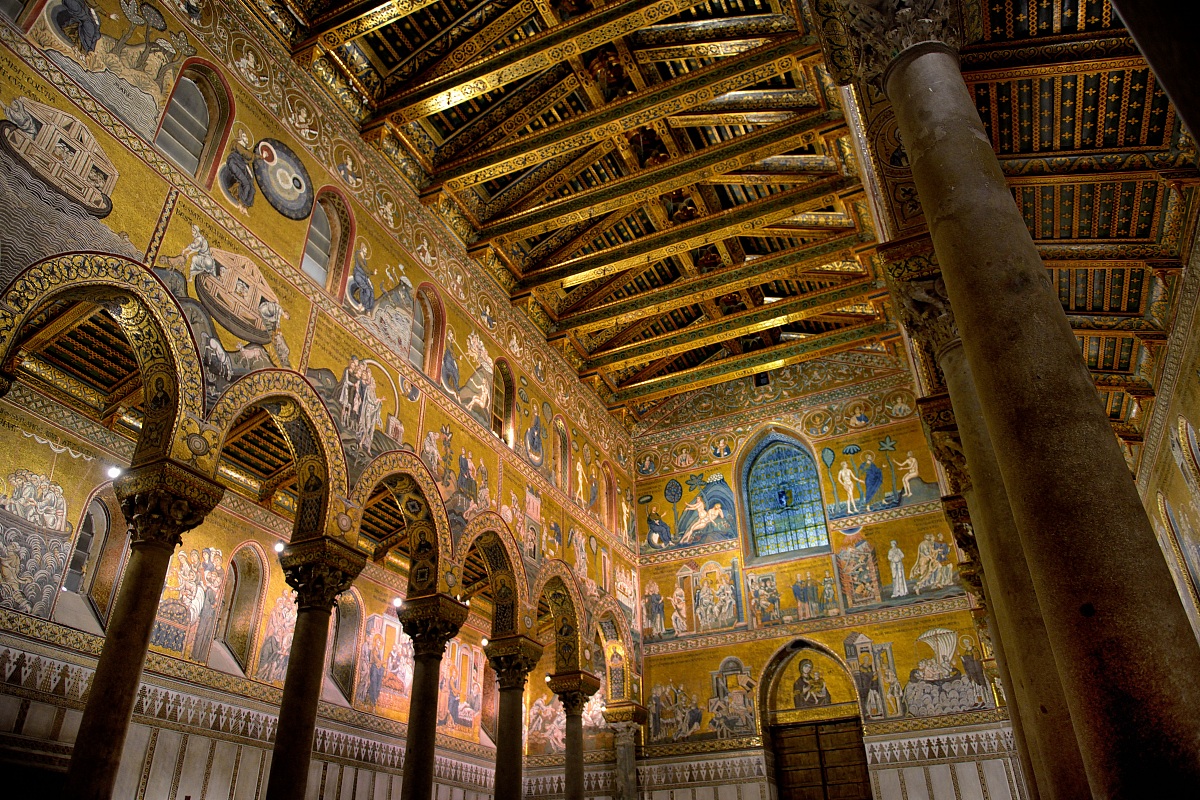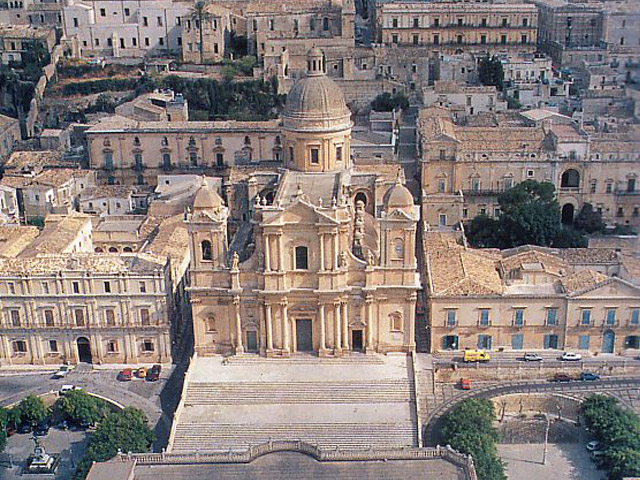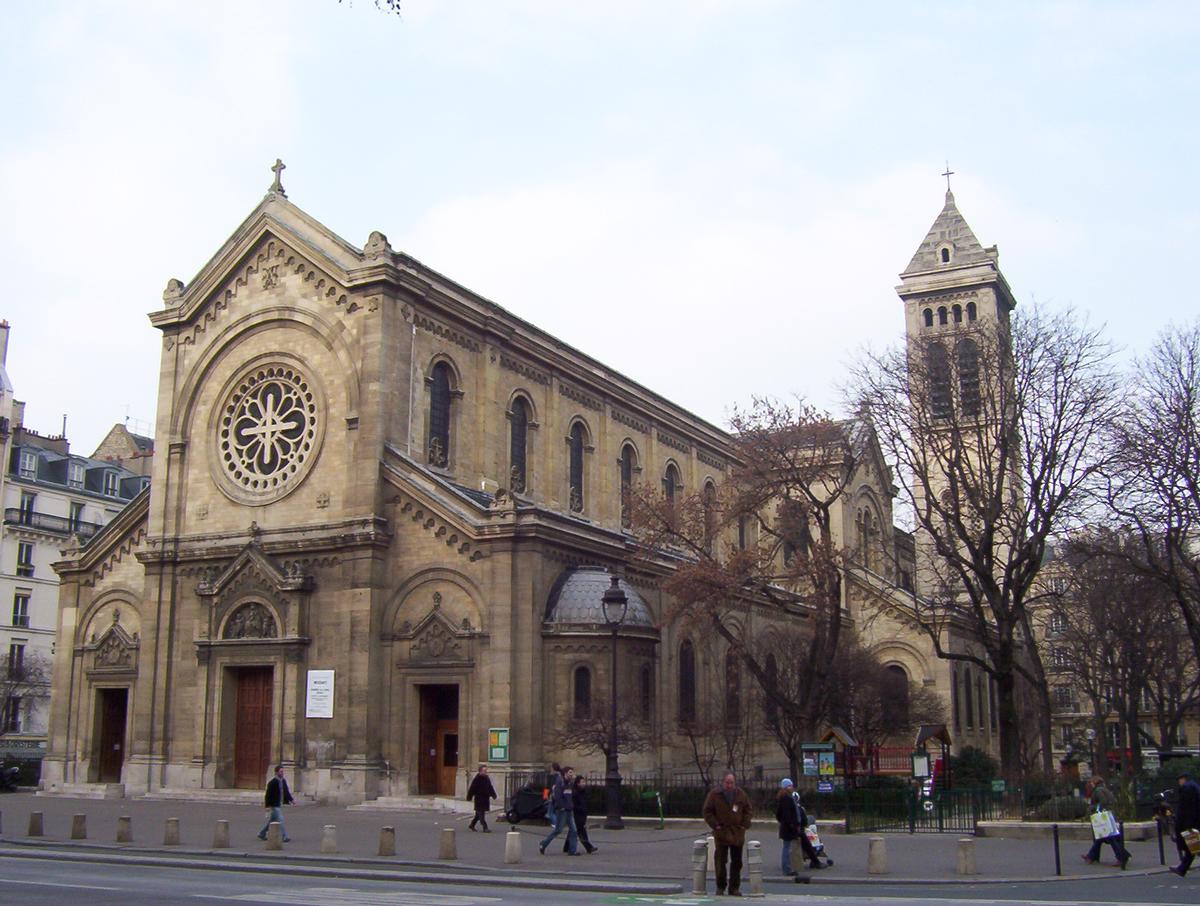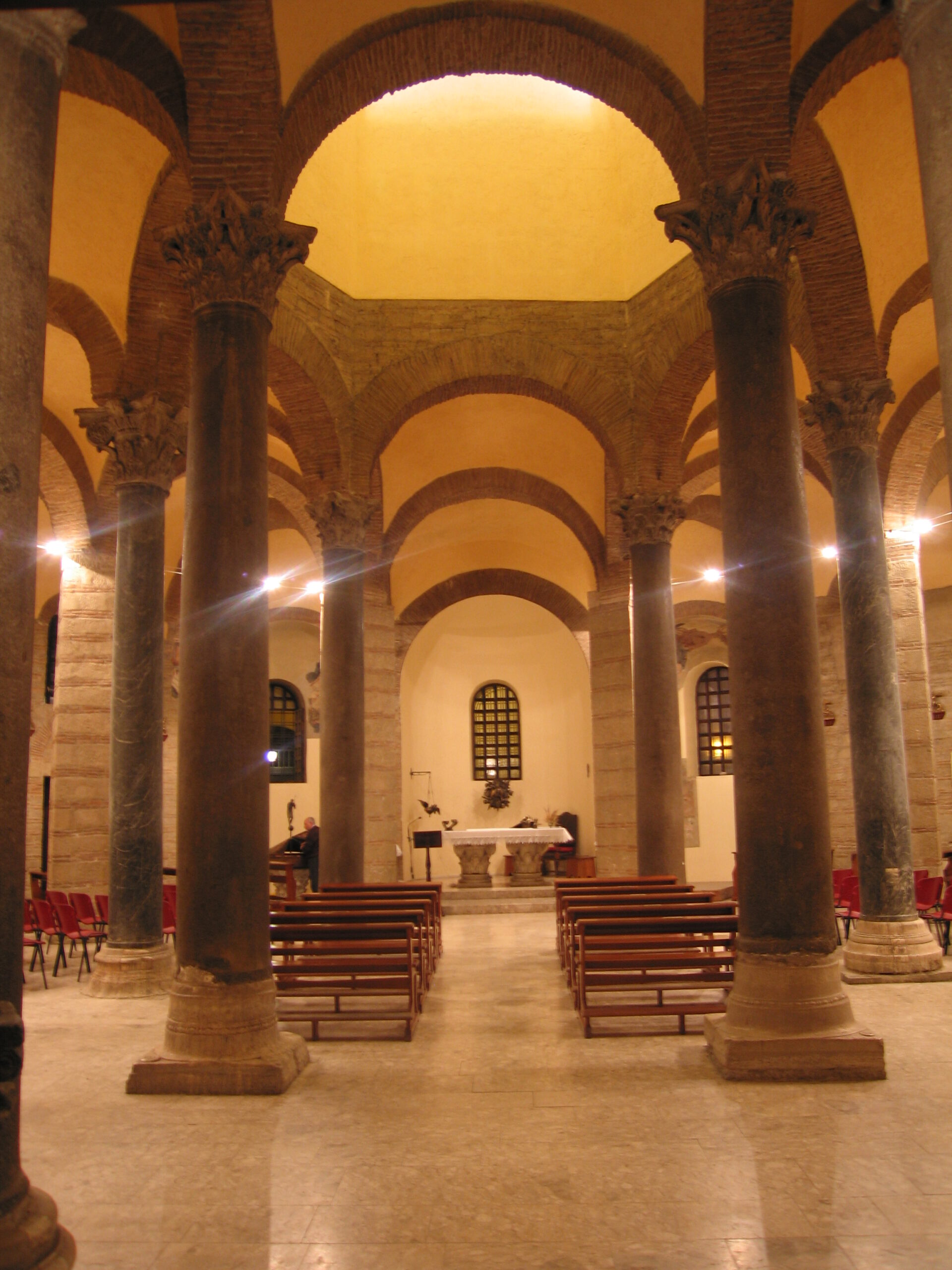Cagliari Cathedral, officially the Cathedral of Santa Maria Assunta and Santa Cecilia, is Cagliari’s main place of worship.
Arriving in Cagliari by plane, it is impossible not to notice its dome. The Cathedral of Santa Maria, the city’s iconic house of worship along with the Basilica of Bonaria, towers over the Castello district with an imposing bulk, flanked by the Palazzo Regio and the old City Hall.
The church, 35 meters long, 34 meters wide and 32 meters high, was built in Gothic-Romanesque forms. There are records of it from 1255: it was the cathedral with patron saint St. Cecilia (later it was named after St. Mary). Between the 13th and 14th centuries the Pisans enlarged it, but its present appearance is the result of Catalan-Aragonese interventions that lasted four centuries. With an appendage in the early 1900s: the Baroque marble facade dating from 1704, inspired by the cathedrals of Lucca and Pisa, was dismantled in the vain hope of finding the medieval one underneath. It was replaced in 1931 with a neo-Romanesque marble structure.
The Baroque forms date from the works of the five-year period 1669-74: enlargement of the nave and construction of pillars to support the new, higher roof and the famous dome. The works gave the cathedral a soaring physiognomy, enhancing its majesty. Of the original Pisan plan, the bell tower, counter-façade, perimeter walls of the transept and the two side portals remained.
The plan is Latin cross: three naves and transept, marble floor and chapels enriched with works such as the silver tabernacle and the Holy Thorn. Leaning against the wall of the nave is Guglielmo’s pulpit, a pulpit carved for Pisa cathedral, later transferred to Cagliari (1312). Also of great value are the Madonna and Child, a gilded wooden sculpture (14th century), the silver lamp by Giovanni Mameli (1602), and the central ceiling paintings by Filippo Figari.
Below the altar is the shrine of the Martyrs, a crypt dug into the rock (1618), which holds 192 relics, distributed in niches, the work of masters from Cagliari and Sicily. The sacristy holds the cathedral’s treasure: the Triptych of Clement VII, attributed to a Flemish workshop (15th century), the Retablo dei Beneficiati, a creation of Neapolitan artists, and the marvelous antependium by Palermo silversmiths stand out
